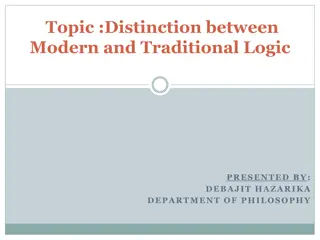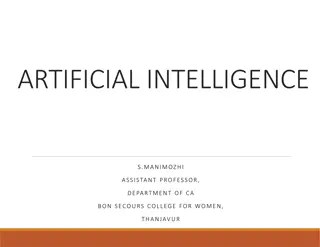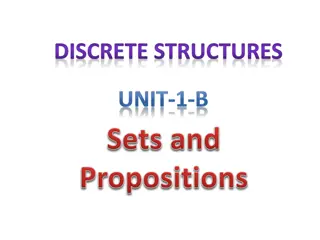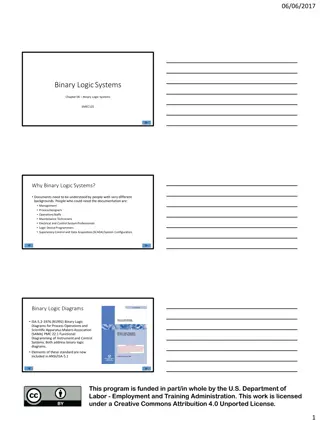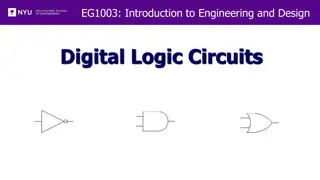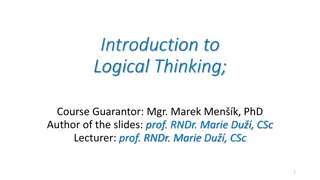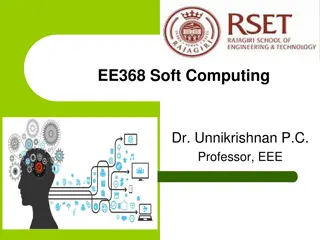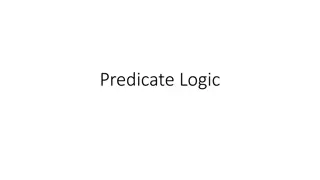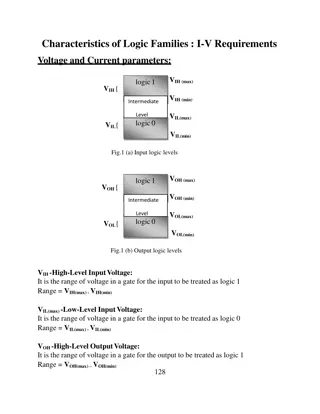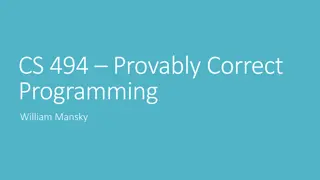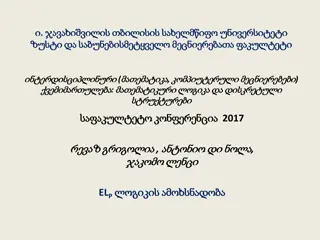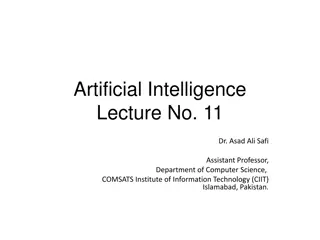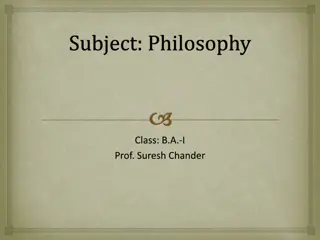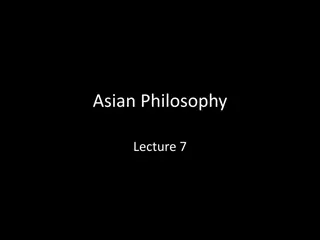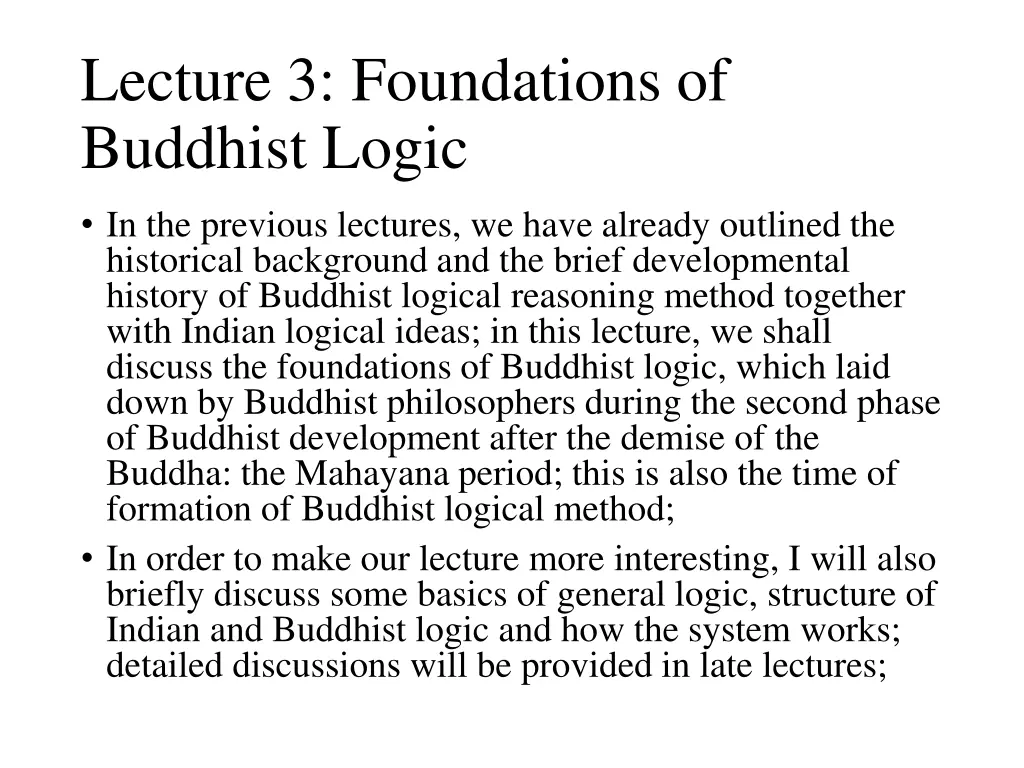
Foundations of Buddhist Logic and Indian Philosophy
Delve into the foundational aspects of Buddhist logic during the Mahayana period, exploring key figures like Nagarjuna and understanding the structure and working mechanisms of Indian and Buddhist logic. Learn about the formative period, Nyaya logic, epistemological systems, and key concepts in Buddhist logical reasoning.
Download Presentation

Please find below an Image/Link to download the presentation.
The content on the website is provided AS IS for your information and personal use only. It may not be sold, licensed, or shared on other websites without obtaining consent from the author. If you encounter any issues during the download, it is possible that the publisher has removed the file from their server.
You are allowed to download the files provided on this website for personal or commercial use, subject to the condition that they are used lawfully. All files are the property of their respective owners.
The content on the website is provided AS IS for your information and personal use only. It may not be sold, licensed, or shared on other websites without obtaining consent from the author.
E N D
Presentation Transcript
Lecture 3: Foundations of Buddhist Logic In the previous lectures, we have already outlined the historical background and the brief developmental history of Buddhist logical reasoning method together with Indian logical ideas; in this lecture, we shall discuss the foundations of Buddhist logic, which laid down by Buddhist philosophers during the second phase of Buddhist development after the demise of the Buddha: the Mahayana period; this is also the time of formation of Buddhist logical method; In order to make our lecture more interesting, I will also briefly discuss some basics of general logic, structure of Indian and Buddhist logic and how the system works; detailed discussions will be provided in late lectures;
Contents of the lecture Buddhist logic: formative period Indian Ny ya logic after Gautama: V tsy yana Three pioneers of Buddhist logic 1: Nagarjuna (please read his biography in the Lecture Notes) Three pioneers of Buddhist logic 2: Asanga and Vasubandhu (these two philosophers shall be discussed in next lecture) Elements of logic Pram a and the importance of anum na Indian and Buddhist logic: basic structure Indian and Buddhist logic: working mechanism Summary and facts check Exercises
Buddhist logic: please be familiar with this timeframe, for we will discuss more about Buddhist logic from next week onwards; although we cannot say for certain regarding the beginning of Buddhist logic, N g rjuna is a good point to start; Vasubandhu and Asa ga Madhyamika philosophy Buddhist logic/dialectic New method of Buddhist logic Buddhist logic- epistemological system Dign ga and Dharmak rti Yogacara philosophy Buddhist logical concepts N g rjuna
Vtsyyana & Nyya-bhya: both Vtsyyana and Nyya- bh ya are important in the sense that while the work is the earliest extant commentary on Ny ya-sutra, it also cited some other earlier commentaries, which suggests that the lost works are indeed preserved in Ny ya-bh ya; Buddhist logic Indian logic V tsy yana & Ny ya- bh ya (first commentary)
Elements of logic Before discussing Buddhist logical concepts and method, again, we shall introduce some more concepts about general logic; for more information, please read Greg Restall s book: Logic: An Introduction; Argument: an argument is a set of two or more sentences, one of which is designated as the conclusion and the others as the premises; this set would be varied and can be more than two, but usually the standard form constitutes of two premises and a conclusion; i.e., 1, human beings are mortal, 2, Socrates is a human being, 3, therefore Socrates is mortal; In the above example, the statements 1 and 2 are two premises while the statement 3 after therefore is the resulting conclusion;
An argument: here, the argument is a logical process, which intends to prove that a conclusion can be drawn from one or two premises; do not confuse this argument with quarrels or disputes;
Constituents of an argument Premises: these are the statements that provide the reasons or evidence based on which a conclusion could be drawn; and a conclusion then is the outcome that the premises should support; a sound argument is the one that conclusion must be support by its premises; Conclusion: as mentioned, this is the outcome of the premise or premises; generally a conclusion is placed at the end of a standard argument, although the order may be the other way around; Below (after the examples the 8thslide) we shall briefly discuss the method and structure of Buddhist logical reasoning; at this stage, it is only for you to be familiar with the basics; detailed discussions will be given in the forthcoming lecture;
An argument If he is at home, he cannot be in the office He is at home now He cannot be in the office
Prama and the means of knowledge As we mentioned, generally, in Indian and Buddhist traditions, there are six ways of knowing something or acquiring knowledge or pram a, which consist of: Pratyak a: perception = intuitive comprehension; Anum na: inference = inferential knowing; Upam a: comparison or analogy = knowledge by analogies or comparing two or more things; Arth patti: postulation = derived from circumstance; Anupalabdhi: non-perceptive or negative or cognitive = proof by way of cognitive or negative elimination; bda: word or sound/speech of an expert or a sage; The 4 underlined means of knowledge are accepted by Buddhists as valid ways of knowledge;
Six prama-s Perception Testimony Inference Pram a/means of knowledge Analogy Cognitive Postulation
Indian and Buddhist logic: anum na or inference In the above mentioned six means of knowledge or ways of knowing, the knowledge by way of perception is direct and straightforward but there are problems; first, it is too limited; and secondly, it is uncertain; As for analogy, postulation and cognitive, the methods are also somewhat less inclusive and less inconclusive; The last pram a, abda or testimony of an authority, is also difficult to come by, and even less homogenous; for instance, while as Buddhists we respect the words of the Buddha, this cannot be the case for people of other convictions; So in terms of valid knowledge, inference is regarded as a more practical way of knowing or knowledge with a considerable degree of certainty;
Process of inference: here, something is unknown or uncertain, by way of inference, it can be known and certain; Unknown/? Inferring/inference Knowing
Process of general logic: as mentioned, in general logic, a conclusion can be drawn from the premises; the process is therefore: premise A & B, and then Conclusion C; C: therefore, Socrates is mortal B: Socrates is a human being A: all human beings are mortal
A syllogism All men all mortal So Middle term Socrates is a man Major term Conclusion Socrates is mortal
Indian and Buddhist logical process example #1: in Indian and Buddhist logic, however, the conclusion is generally stated first, and then the reason and examples (similar to premises) are given; Sound is impermanent Because it is produced Whatever produced, it is impermanent, such as an alms-bowl
Buddhist logic method example #2: again please notice that the conclusion is stated at the beginning of the argument, while the reason/s and example/s (similar to premises) are put at the end; There must be some fire in the mountain Because smoke can be seen from afar Whenever there is a fire, there is some smoke; for example in a kitchen
Indian and Buddhist logic: the 5- membered inference: the following five steps (5- membered logical method) were used as a common structure for Indian and Buddhist logic; later on they were reduced into 3-membered method;
Some more explanations of the 5- membered logical method The following examples outside and insides the [], are the most commonly used examples in Indian and particular Buddhist logic; please read those concepts, the structure and try to be familiar with them; we will explain further in the next lecture; Pratij : there is a fire on the hill; [sound is impermanent] Hetu: due to the fact of smoke; [because it is created] Ud hara a: wherever there is a fire, there is some smoke, like in a kitchen; [whatever is created is impermanent, like a pot] Upanaya: there is smoke from the hill; [sound is created] Nigamana: therefore there is a fire on the hill; [therefore sound is impermanent]
Summary and facts check In this lecture, we reviewed some basics of logic such as argument, premises and conclusion; We also outlined the three important stages of Buddhist logical development: N g rjuna Asa ga-Vasubandhu Dign ga-Dharmak ti; Pram a and the importance of anum na inference; The different order of general logic: premise premise conclusion and Indian-Buddhist logic: conclusion reason/premise example/premise; V tsy yana and its importance - Ny ya-bh ya; The 5 members of Indian and Buddhist logic and some classical examples;
Exercises/coursework #3 Do the following exercises and submit them via email (chuanqing@bcs.edu.sg) to me by 5:00 pm, on 23rd September (Wednesday); as usual, please send the exercises of the two courses (Buddhism and Economics & Introduction to Buddhist Logic) together in one Word doc. file; 1, V tsy yana is regarded as the most important philosopher of Ny ya logic after its founder Gautama; what is the name of the commentary he wrote on Ny ya-sutra? 2, What are the 5 members of the early Indian and Buddhist logical reasoning method? Please also give the necessary examples;

